Delicious Foods That You Can Grow Inside Your Home
The prices of produce are constantly on the rise, not to mention if you want organic produce. One way around paying an arm and a leg for groceries is to grow your some of your own food right at home. Whether you have a garden or not, there are some fruits, vegetables, and herbs you can grow to save some of that well-earned cash. You can use troughs on your windowsill or bigger pots on your porch. If you have land for gardening, even better! You can also look into local community gardens in your neighborhood.
Every one dollar spent on seeds can save you between twenty-five and seventy-five dollars at the grocery store. As Ron Finley, guerilla gardener, said during his TED talk, “growing your own food is like printing your own money!”
Tomato, Tomatoe
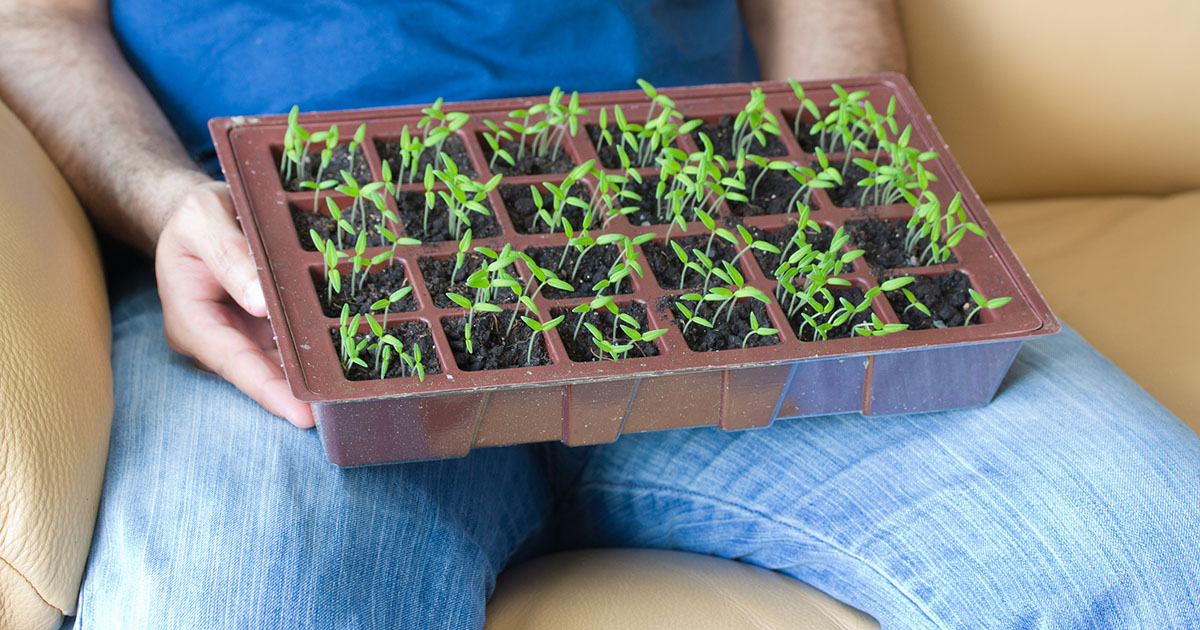
Tomatoes are a great addition to any garden, whether it is indoors or outdoors. Begin by filling a seedling starter tray with starter mix or potting soil with water. Poke one hole a quarter inch deep in each cell, and insert three seeds into each hole, covering afterward. When your seedlings begin to sprout you will need to move them to an area in which they can receive eight hours of sunlight each day. If this is not possible, look into getting artificial lighting systems.
When your seedlings have produced one or two sets of leaves, remove them from their cells and transplant them into larger pots—a five to ten-gallon pot or trough is perfect. Remember to keep the soils moist, and set a fan or tap the stock of the plant to mimic conditions for pollination. Your tomatoes will be ready for harvest within two to three months. If you have any tomatoes that remain green during the time of your harvest, pluck them and let them sit in a bowl with an apple to hasten the ripening process.
Now that you know how to grow tomatoes, keep reading to learn how to add juicy cucumbers to your indoor garden.
Cool As A Cucumber
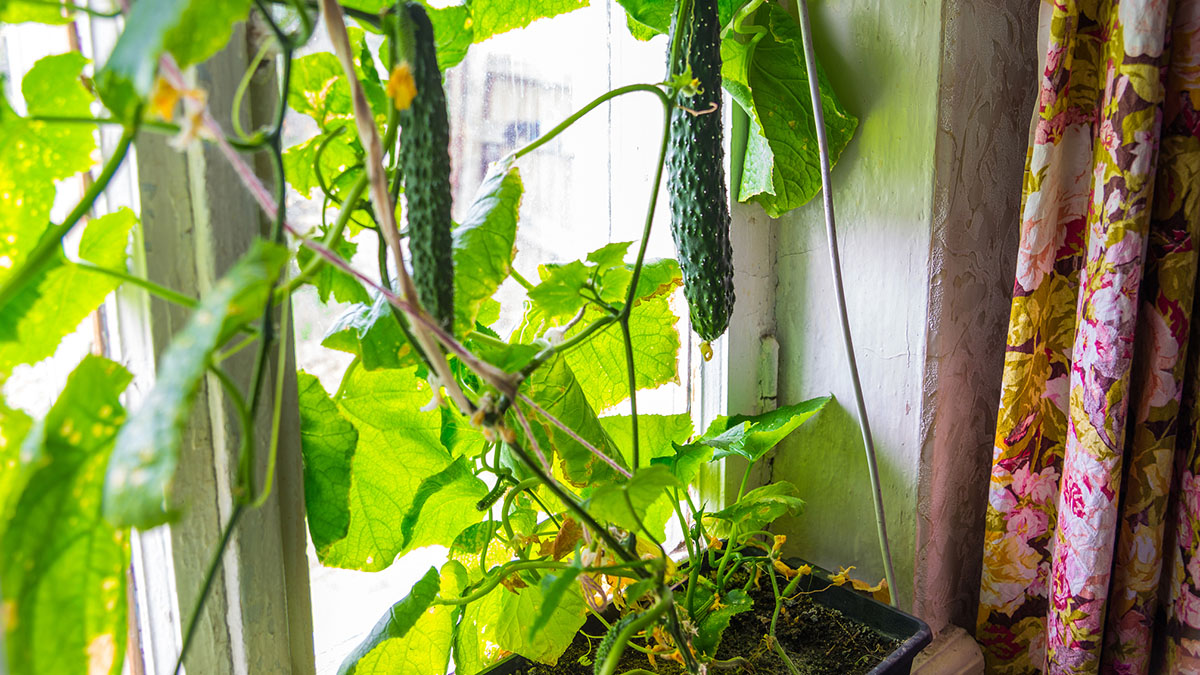
Cucumbers need lots of room to grow, so you will need quite a large pot for them. However, you can grow them in hanging pots as well. Place small stones in the bottom of the pot for better drainage and to ensure the roots do not get soggy. Fill the rest with a half and half soil and compost mixture, then plant four to five seeds approximately half an inch deep in the soil and half an inch from each other. Now make sure your pot is in a position to receive six or more hours of sunlight each day.
When the plants begin to grow to a height of two to three inches, identify the two strongest and eliminate the rest from the pot. As the two plants reach approximately ten inches, remove the smaller, weaker plant. Continue watering your last plant, so the soil stays moist. You should have cucumbers within fifty to eighty days.
Now learn how to grow green beans in your indoor garden.
Beans, Beans, The Wonderful Fruit
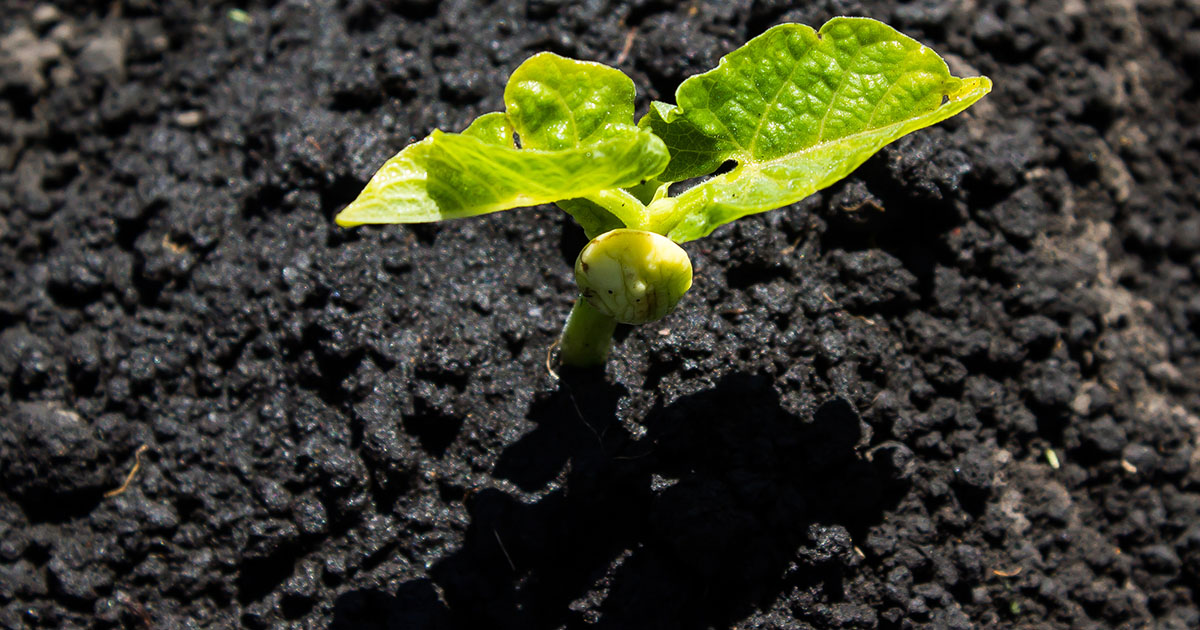
When growing green beans indoors, you can grow them any time of the year. However, the best beans to grow inside are bush beans instead of pole beans. You’ll need a container between eight and twelve inches with holes to allow excess water to drain. If you are not using artificial light, you will need to place the container in an area where the beans can get a minimum of eight hours of sunlight per day.
Plant your bean seeds one inch deep and two inches from one another, providing them with around half an inch of water per week. To provide them with even more nutrients you can use composting vegetables or feed them once a month with compost tea. Within forty-five to seventy-five days, your beans should be ready for harvest.
Jack and his beanstalk will have nothing on you! Now keep reading to learn how to add bell peppers to your indoor garden.
Ring Up Some Bell Peppers
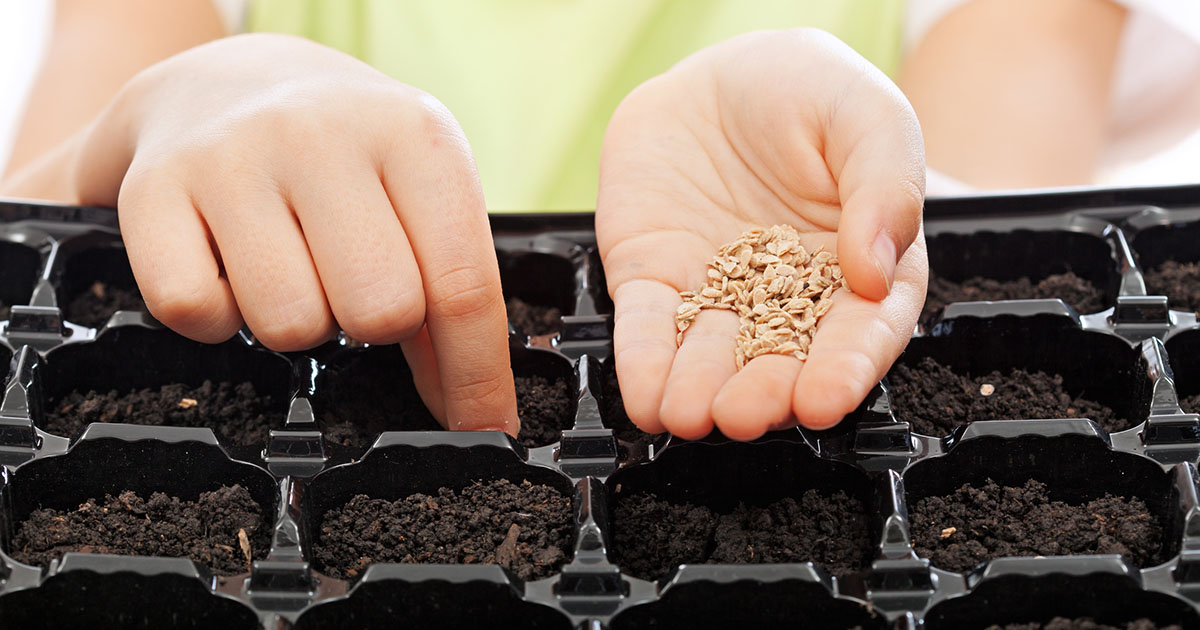
When you plan on planting bell peppers, you will first need to soak the seeds in a small cup of warm water for six hours or so. Begin filling a seedling tray with soil and when the seeds are ready, plant them about a quarter inch deep. Place your seedling tray beside a sunny window, keeping the soil moist with a spray bottle. When the seedlings have produced two sets of leaves, transplant them into bigger pots, using a pot roughly two or four inches in size.
Try to keep your pepper plants in a well-lit area and water them consistently. When the peppers begin to flower, you will need to mimic conditions of pollination by either setting a fan on low near them to simulate wind or by gently tapping on the trunk of the plant. Within seventy to ninety days you should have mature peppers that are ready to harvest.
You can now grow some bell peppers, so continue reading to learn how to add carrots to your garden.
Ehh, What’s Up, Doc?
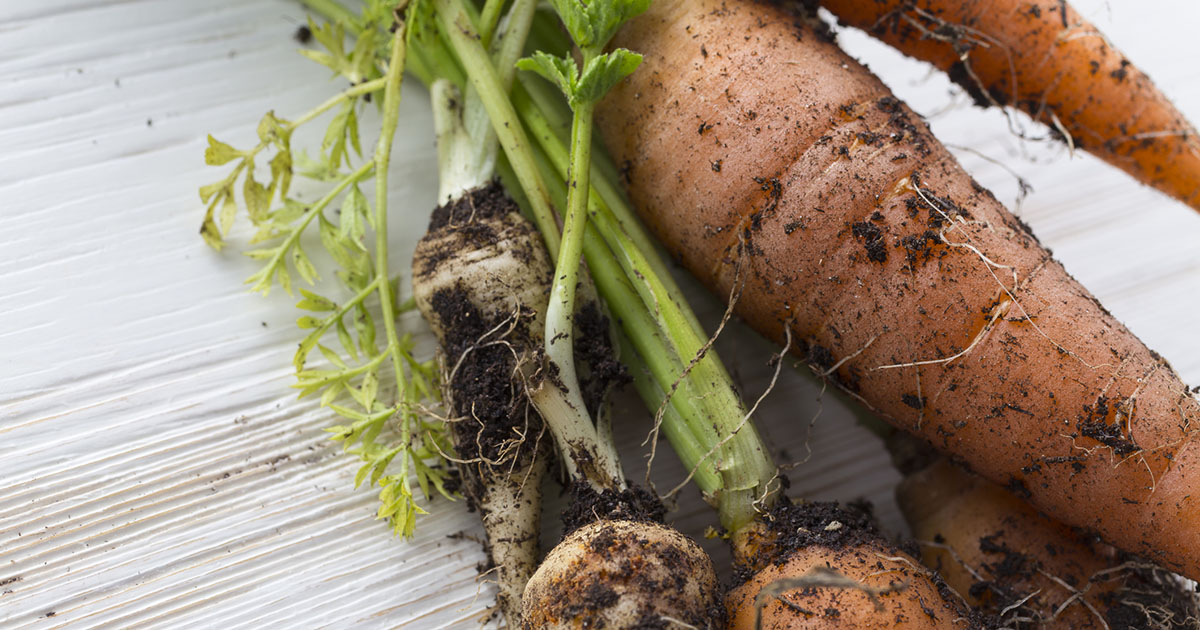
Carrots can actually thrive by growing them indoors because they need moisture, which sometimes can be problematic with the summer heat, and you won’t have to worry about any wascally wabbits! If you are growing baby carrots, any size of pot or container will do. However, if you’d like to grow full-size carrots a pot between ten to twelve inches deep is ideal. Fill your pot with soil and spread the seeds over the surface of the soil. When they begin germinating, clip some of the seedlings so you are left with seedlings that are half an inch apart. When your carrots develop their true color, it is time to harvest.
Now that you can grow your own carrots, keep reading to learn how to grow some beets.
Just Beet It
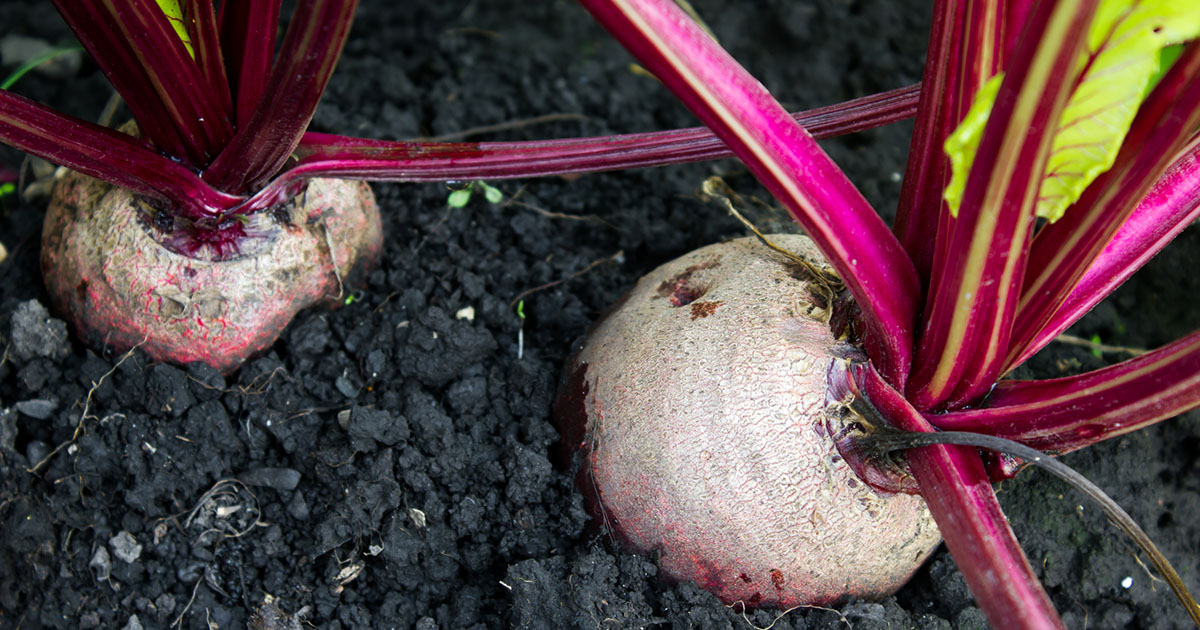
Being a root vegetable, beets need a container at least seventeen inches deep. Drill holes in the bottom of your container if there are none present already to allow for proper drainage. Add sixteen inches of pH-balanced soil to the container, planting seeds a quarter inch deep and one foot apart from each other. Place the container in a well-lit space, and give one inch of water approximately once a week, or when the first quarter of soil has dried up.
If your source of sunlight is small, remember to rotate the pot to allow for even and maximum growth. When your beets reach the size of a golf ball, begin harvesting as this is the time they taste the best. You can also use the beetroots when cooking, or eat them raw.
So get growing some beets or beat it and keep reading to learn about foods you can buy from the grocery store and regrow.
Regrow Foods With Stalks And Roots
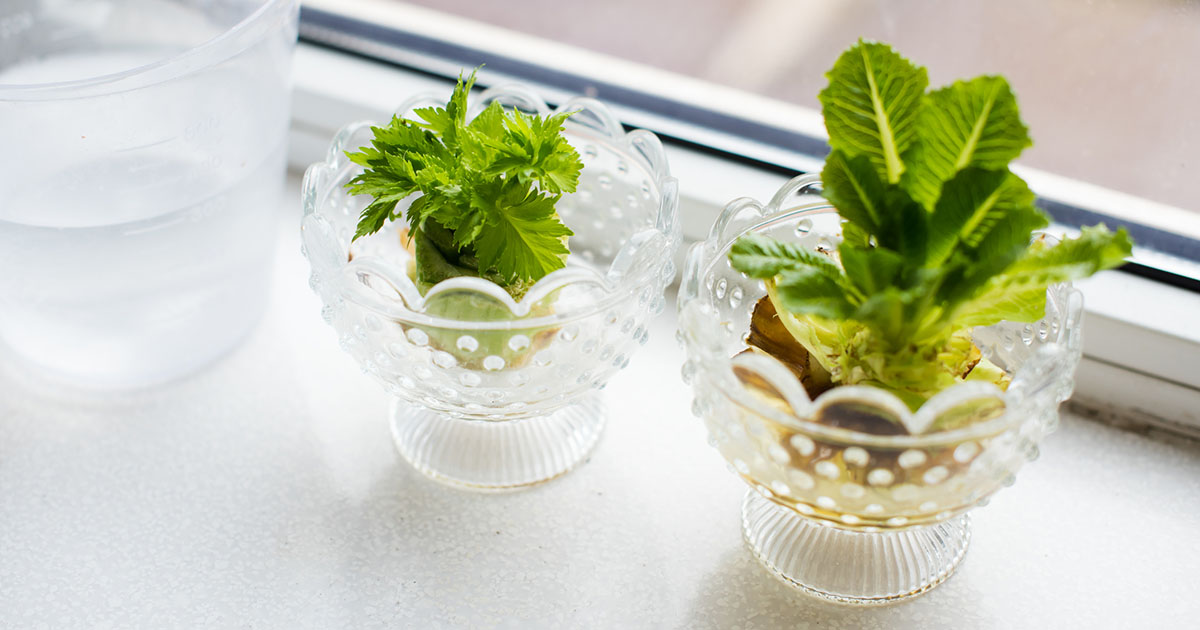
Foods with stalks like celery, green onions, romaine lettuce, lemongrass, and bok choy can all be regrown. It is as simple as cutting off the stalk from the rest of the vegetable and placing it in a bowl of water in a sunny place to regrow. Within a few days, new shoots should begin coming through the center of the scraps, and within a few weeks or months (depending on the plant), you should have a full plant to harvest.
Other foods you can regrow from their root include ginger, turmeric, fennel, and onions. Simply place them in water until roots sprout, and then plant them in a pot of soil.
